by Clint Alley | lawcohistory.com
10. We have a community named after a plow…only spelled backwards.

The community of Revilo is in southeastern Lawrence County. Around the turn of the 20th century, the residents of the community had built a new school, but were having trouble deciding what to name it. As the story goes, some of the men were gathered at the country store eating lunch one day, when one of them noticed an Oliver double-shovel turning plow sitting nearby. According to Estha Cole’s book Places in Lawrence County, Tennessee, Then and Now, he realized that the name ‘Oliver’ spelled backwards was ‘Revilo,’ and the name appealed to him. The other men at the store that day agreed, and so it came to be that the new school–and, by extension, the community–was named ‘Revilo.’
9. The only F5 tornado in Tennessee history ripped through western Lawrence County.
Although this certainly wasn’t ‘cool’ to those who experienced it, it is still a remarkable part of our county’s history. On April 16, 1998, a large tornado touched down in Wayne County, Tennessee. It gained strength as it traveled northeast, and the damage it caused by the time it reached Deerfield in western Lawrence County was on such a massive scale that the National Weather Service later declared it to be an F5 on the original Fujita scale. This was the only tornado in Tennessee’s history to be considered an F5 using that particular means of measurement (meteorologists swapped to the enhanced Fujita scale, or EF scale, since 2007). However, because news coverage of smaller tornados in downtown Nashville overshadowed coverage of the Lawrence County event, meteorologists have dubbed it ‘The Forgotten F5.’
8. We have one of the oldest Mexican War monuments in the United States.
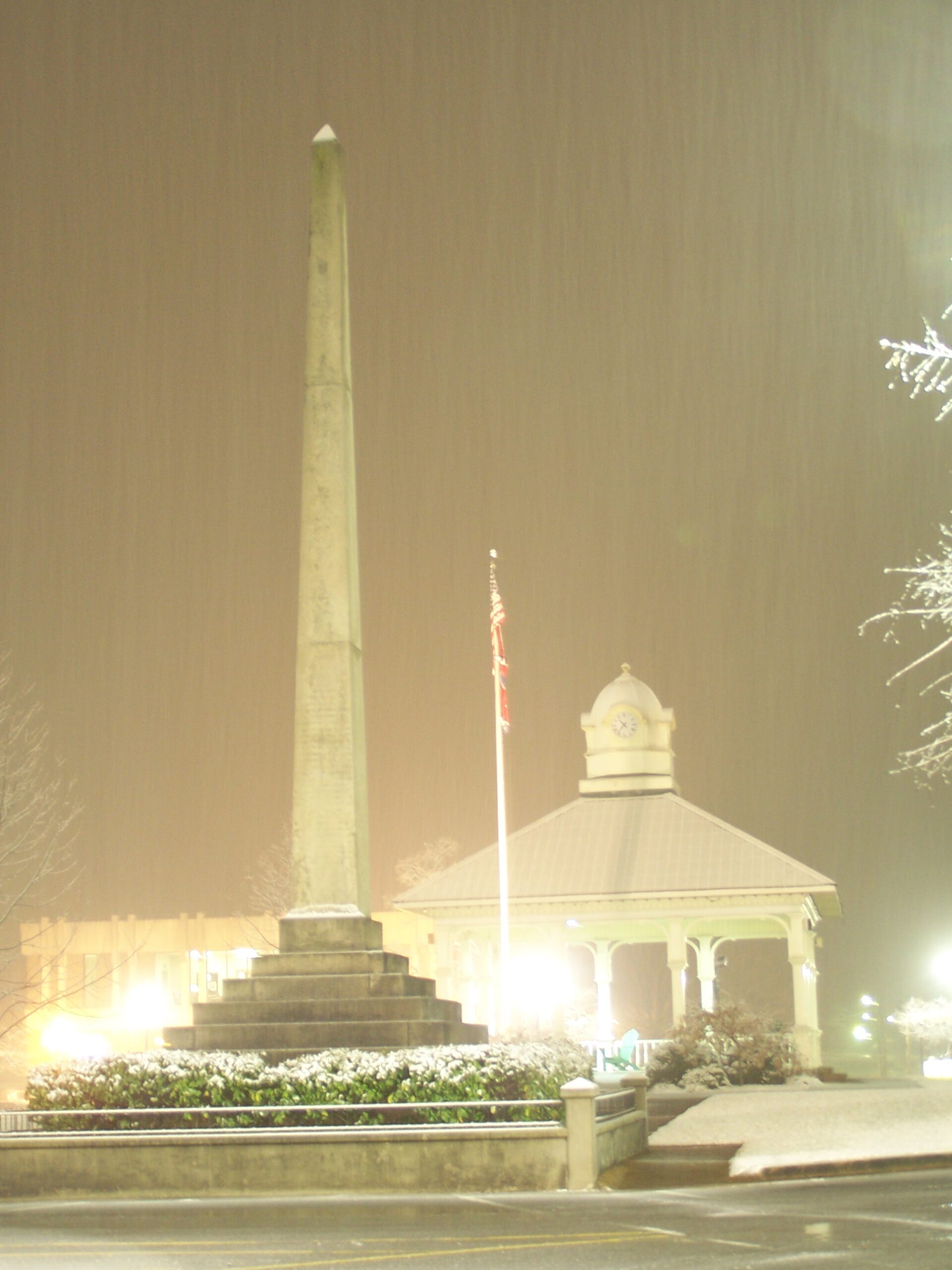
The Mexican War was fought between 1846 and 1848. When it began, the Secretary of War requested that Tennessee furnish 2,800 volunteers, and the state answered by providing more than 30,000! Among those volunteers was a local company known as the Lawrenceburg Blues, which was mustered into the regular army as Company M of the 1stTennessee Infantry Regiment. These men were among the first to assault the ‘Black Fort’ at Monterrey, and suffered severe casualties, including the company’s captain, a promising young state legislator named William Bethel Allen.
When news about the battle reached Lawrenceburg, a movement to memorialize Allen and the men of the Lawrenceburg Blues began almost immediately. The monument—a towering obelisk engraved with tributes to the war’s causes as well as the names of those from Lawrenceburg who died in the conflict—was erected in 1849 on the north side of the Public Square in Lawrenceburg. It was paid for partially with funds raised by the people of Lawrence County, and with $1,500 appropriated by the Tennessee General Assembly. Although commonly cited as either the only Mexican War monument in the nation or one of two or three, there are actually at least 15 other monuments commemorating the Mexican War in the United States. The Lawrenceburg monument, however, was one of the first to be erected, predating most of the others by more than half a century.
7. Legendary frontiersman David Crockett not only lived here, but he won his first-ever election here—and he won it out of spite.
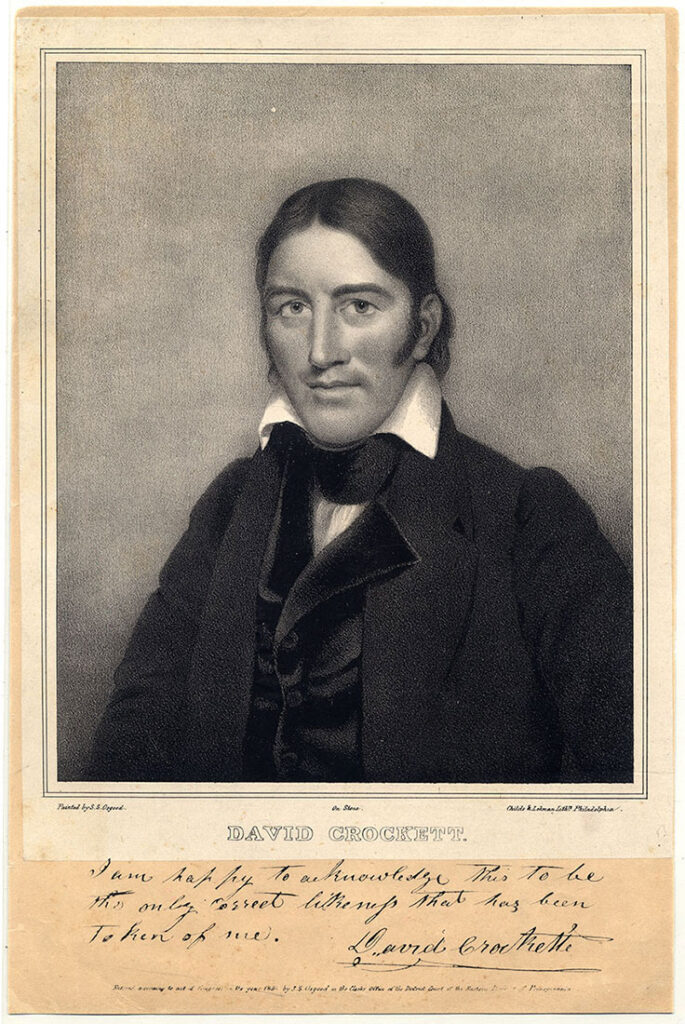
David Crockett probably never intended to enter the world of politics when he settled in Lawrence County. He came mainly because the hunting was good. But he was popular in the county, and had many friends among the early settlers. A man whom Crockett called Captain Matthews approached Crockett one day and told him that he planned to run for colonel of the county militia, and he wanted Crockett to run as major, and be his second-in-command. Not long after, at a cornhusking given by Matthews, Crockett found out that Matthews intended to run his son against Crockett. As Crockett said in his autobiography, “it put my dander up high enough,” and so he decided to run against Matthews for colonel. When he gave a speech to the crowd gathered at the frolic that night, Crockett explained “as I had the whole family to run against any way, I was determined to levy on the head of the mess.” Not only did Crockett win the election by a landslide, but Matthews’s son was badly beaten, as well.
6. We have the only consecrated Catholic Church in the state of Tennessee.
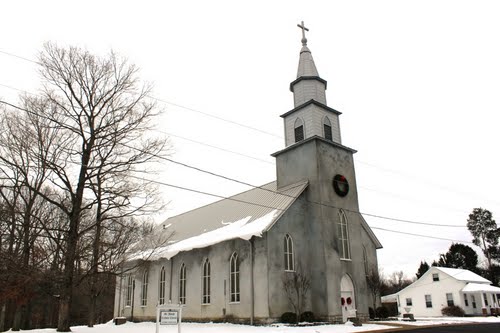
The St. Joseph Catholic Church in the town of St. Joseph was completed in 1885. It is built of coursed ashlar stone quarried roughly a mile from the site, and its walls are 28 inches thick. Its stained glass windows were imported from Munich, Germany. Upon its completion, the Bishop of the Diocese of Nashville traveled to St. Joseph by the newly-completed railway and consecrated the structure, making it the only consecrated Catholic church in Tennessee. According to the the parish’s website, only churches with “assured permanency, both of construction and use, may be consecrated…they must be built of stone or other permanent materials, and the land and building must be entirely free from debt.” The church was listed on the National Register of Historic Places on October 10, 1984.
5. Thurgood Marshall tried an historic civil rights case here, before he was famous.
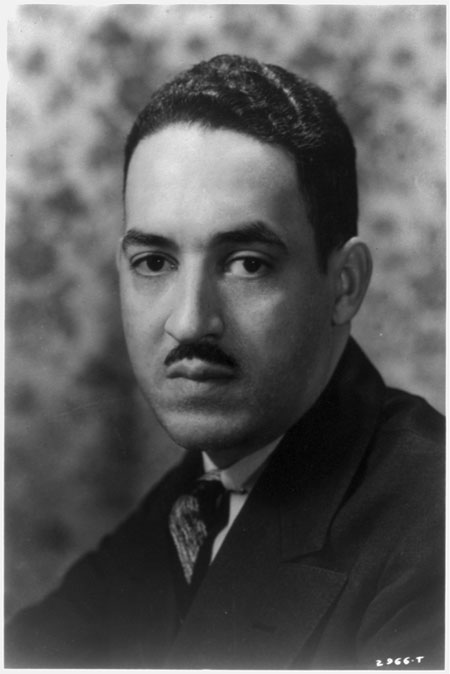
In 1946, in Columbia, a fistfight between a black Navy veteran and a white store clerk escalated into a pitched urban street battle between the black community, a mob of angry whites, and white police officers. After the violence ended, twenty-five black men were charged with the wounding of four white police officers. The incident and the trial made national headlines. One of the attorneys for the defense was none other than a young Thurgood Marshall, who would later go on to become the first black Supreme Court Justice in American history. The trial was held in Lawrenceburg.
Marshall and the other black defense attorneys were inconvenienced by the small number of ‘colored’ hotel rooms and restaurants in Lawrence County. To compensate, they had to commute each day from Columbia, and they relied heavily on the charity of black churches in Maury County for their meals. Although the national media lampooned Judge Joe Ingram as a backwoods buffoon and painted Lawrenceburg as a run-of-the-mill stronghold of southern racism, many were shocked when the all-white local jury found 23 of the defendants not guilty. Two others were found guilty, but were never retried due to lack of evidence, and a third would be the only guilty party to serve time in jail.
4. A man from Lawrence County patented a pneumatic flying machine thirty years before the Wright Brothers made their maiden flight.
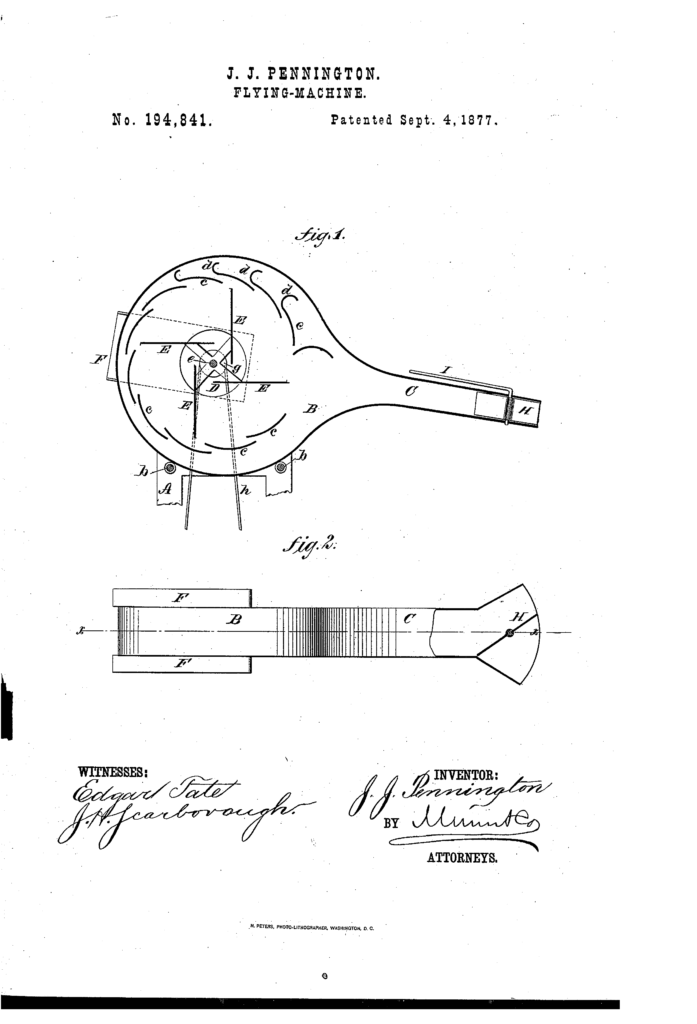
Henryville native James J. Pennington—for whom the Lawrenceburg Municipal Airport is named—invented a device which he called an ‘aerial bird’ while the Wright Brothers were still in elementary school. Local tradition says that Pennington conducted a manned flight in his aerial bird from atop a shed in Henryville in 1872, before a large crowd of onlookers. While the success of this flight is still hotly debated, it is fact that he patented the air-powered device in the summer of 1877, and he took it to the Southern Exposition in Louisville, Kentucky in 1883, shortly before his death. This image is the lone schematic accompanying his patent application, which is registered as patent number 194841 in the United States patent office.
3. Lawrenceburg gave women the right to vote more than a year before the ratification of the 19th Amendment.
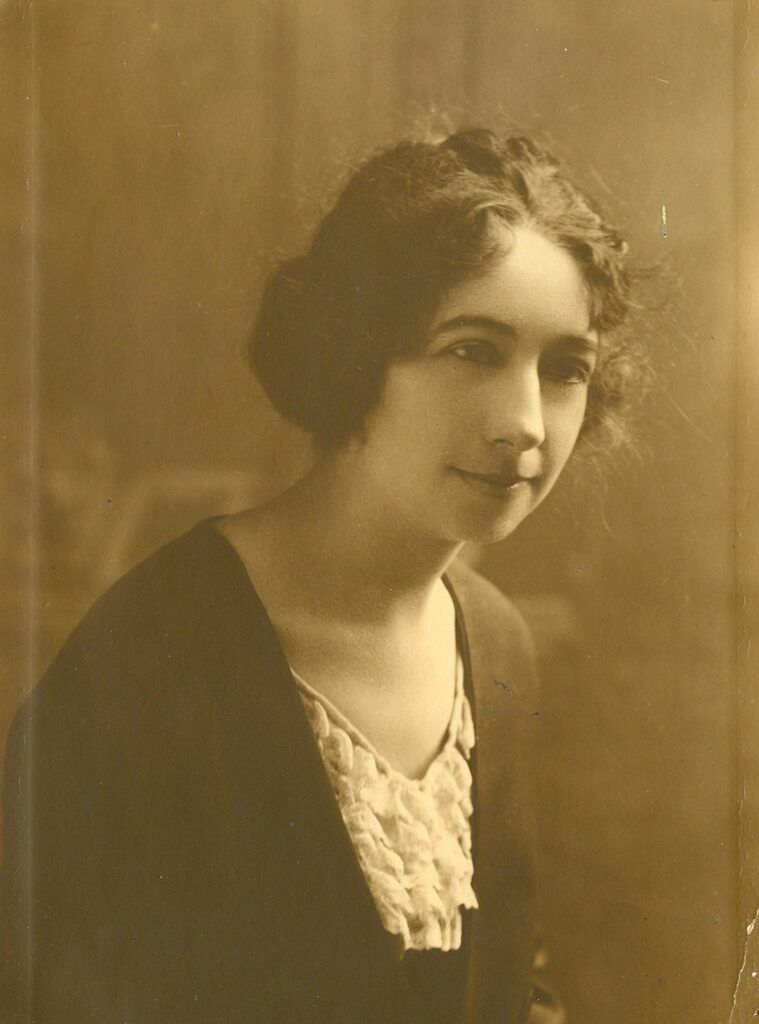
Lawrenceburg first allowed women to vote in city elections in May 1919, more than a year before the ratification of the 19th Amendment ensured women’s suffrage nationwide. According to Our Hometown by Carpenter and Carter, the first woman to exercise this right in Lawrenceburg was Mrs. Etta Stockard Crawford, of whom we could unfortunately not find a picture at this time. Pictured here is Miss Docia Spann, who was the second woman in Lawrence County’s history to cast her ballot as a registered voter in 1919. At the time of the election, Miss Spann was 27 years old. Some locals may remember her by her married name, Mrs. Docia Richardson. She died in 1986, at the age of 94.
2. We had one of the first radio stations in the state of Tennessee.
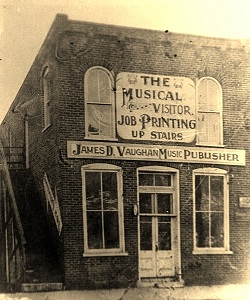
On November 21, 1922, James D. Vaughan—the father of Southern Gospel music, and mayor of Lawrenceburg—obtained an FCC license to broadcast a radio signal, marking the birth of WOAN Lawrenceburg. WOAN featured a variety of music, but the spotlight of the station’s programming was on the Vaughan Quartet and advertising for Vaughan’s school of music. According to Carpenter and Carter, WOAN was the third radio station in the state of Tennessee to obtain an FCC license, and it predated Nashville’s famous WSM station by three years.
1. Lawrence County is the birthplace of an entire genre of music.
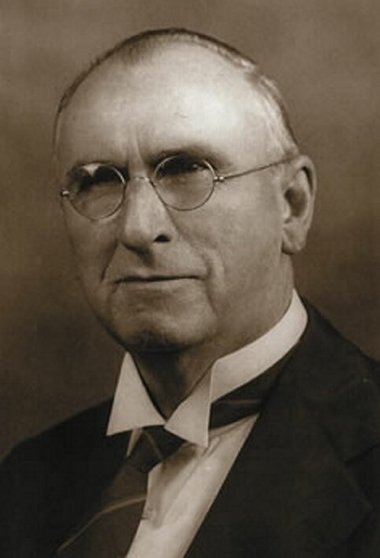
But Vaughan’s radio station was only part of the story. By pioneering the concept of “four male voices singing Gospel songs written for mixed voices,” Vaughan became the undisputed father of Southern Gospel music, and the Public Square of Lawrenceburg became its birthplace. In 1902, Vaughan moved to Lawrenceburg and began printing and selling hymnals. As his publishing business steadily grew, he diversified. In 1910, he assembled the first-ever Southern Gospel quartet, leading to the creation of the Vaughan School of Music in 1911.
His quartets traveled the country, selling hymnals and drawing talented young voices to the school of music wherever they went. In 1921, he founded Vaughan Phonograph Records—one of the first record labels to be owned and operated completely in the South—followed by the previously-mentioned WOAN radio station in 1922. Vaughan’s commitment to sacred music lives on today in the James D. Vaughan Museum, which is in the Suntrust building on the south end of the Public Square, and in the Quartet Festival that bears his name.





